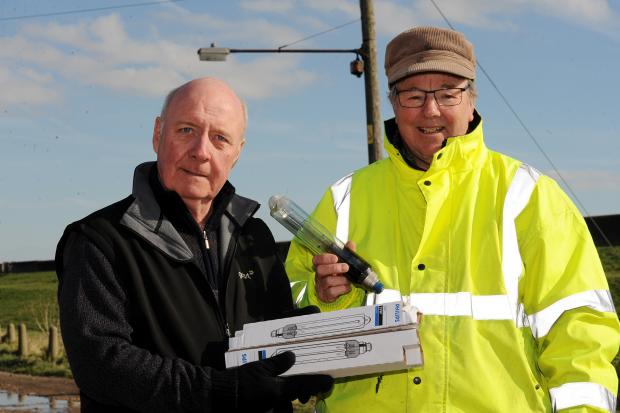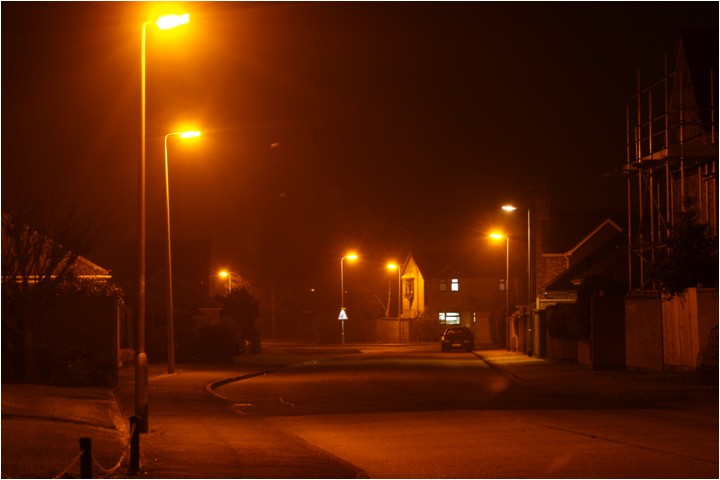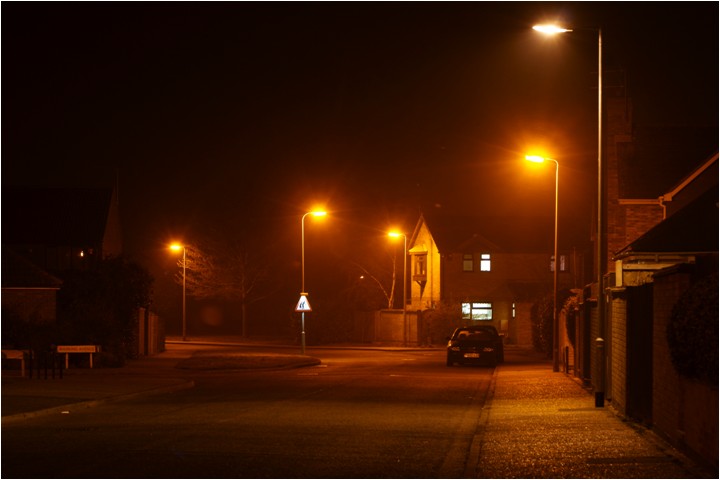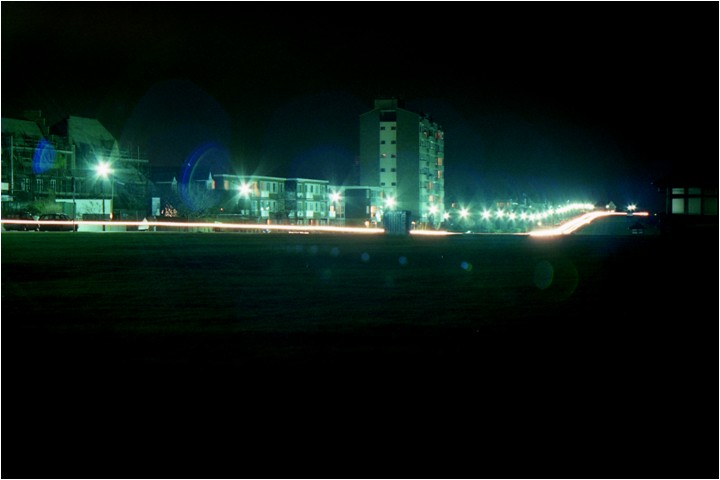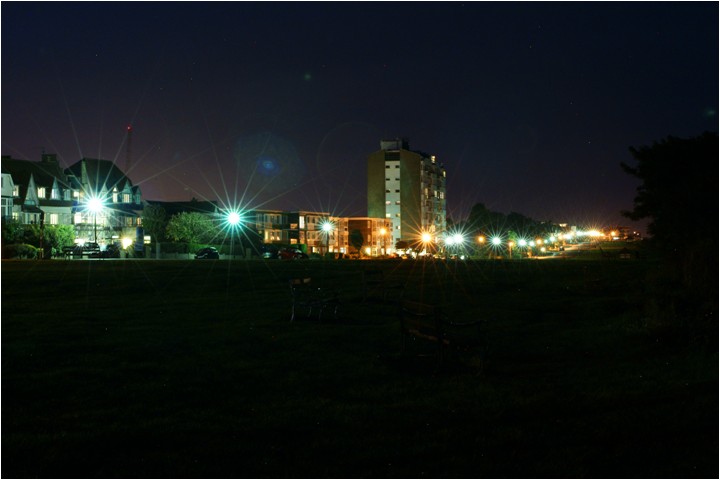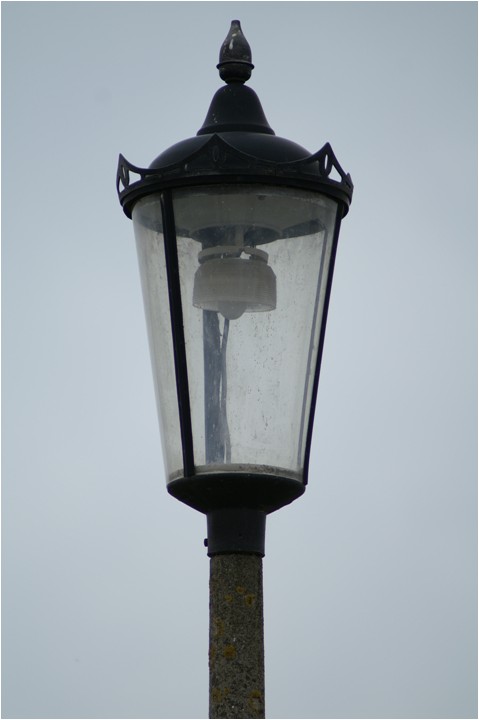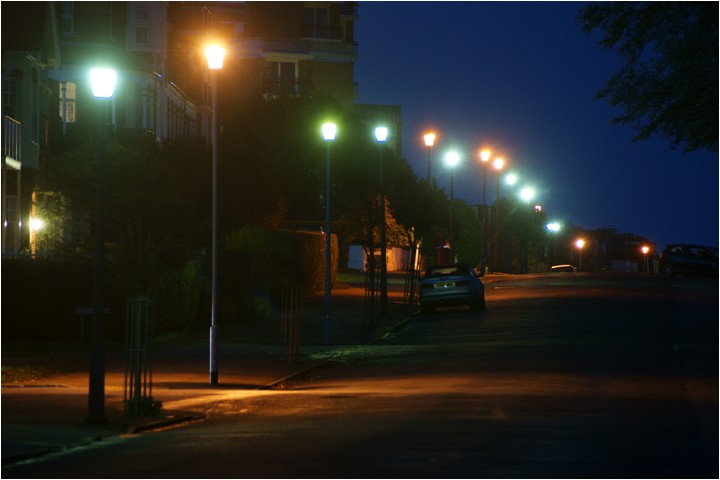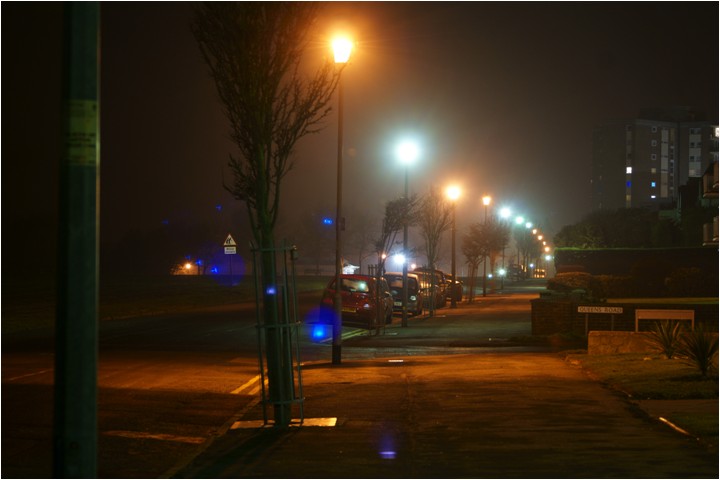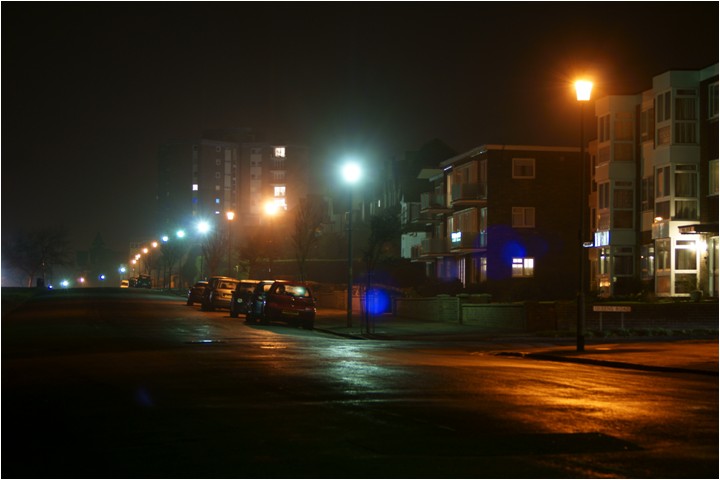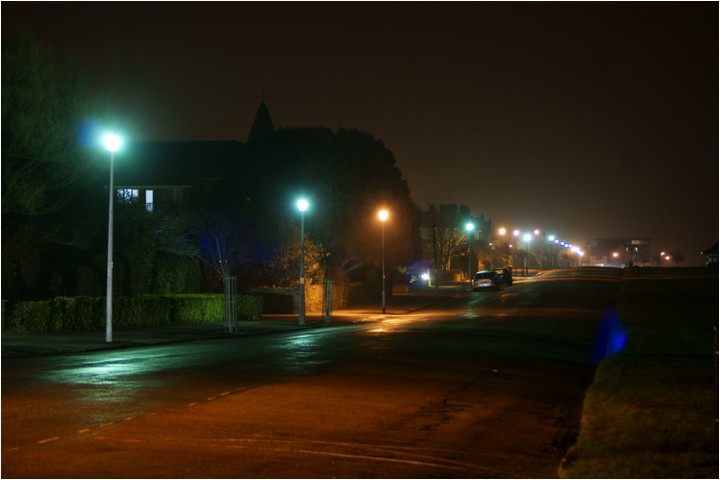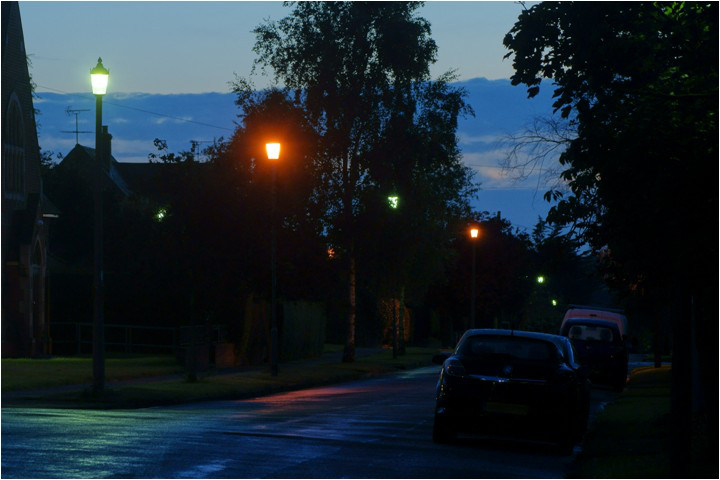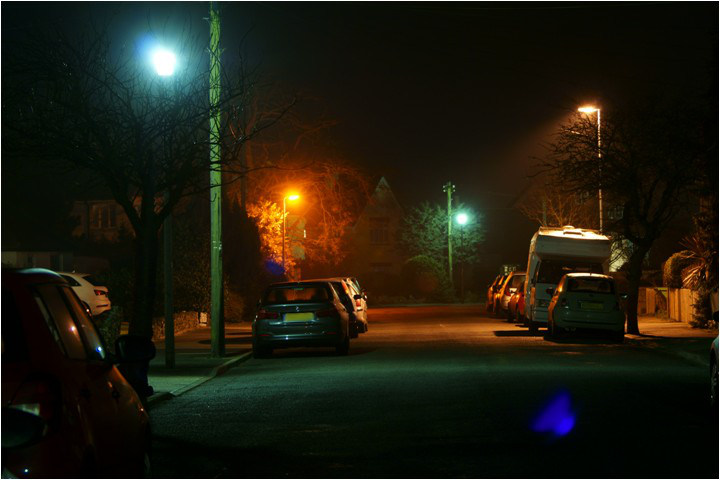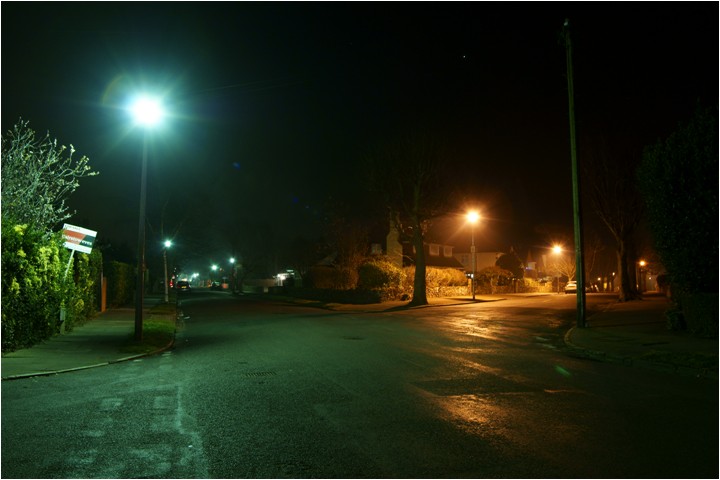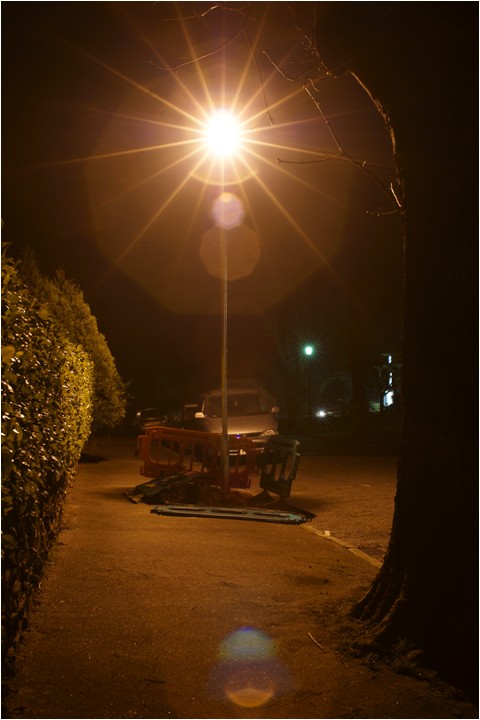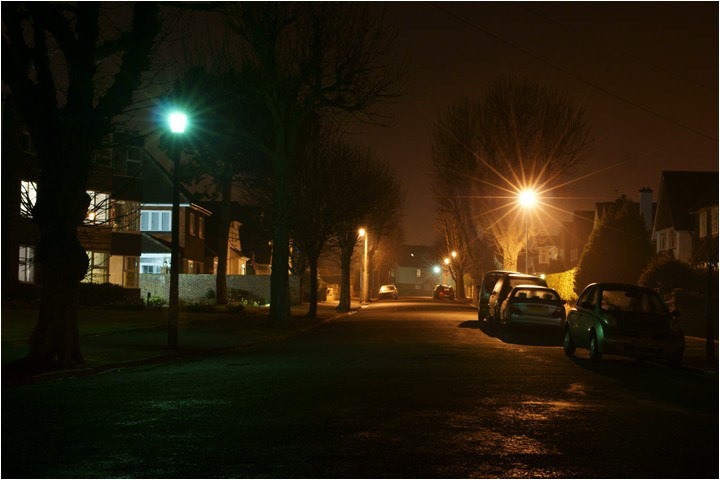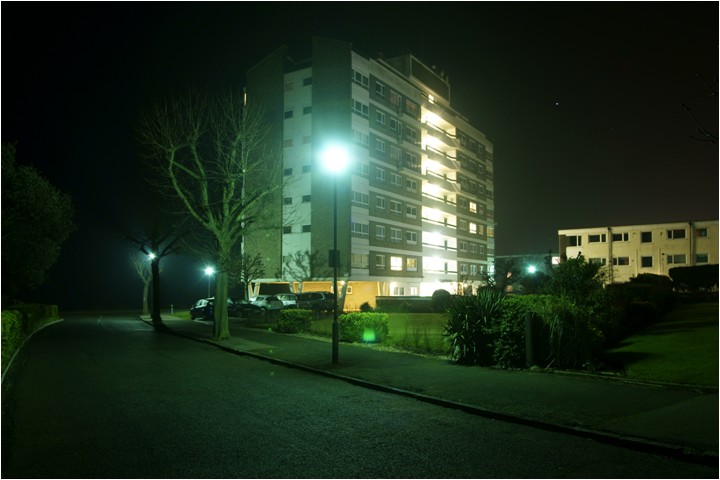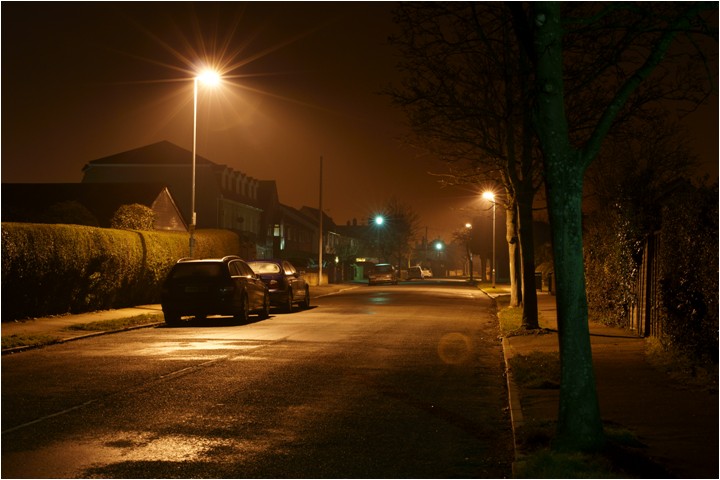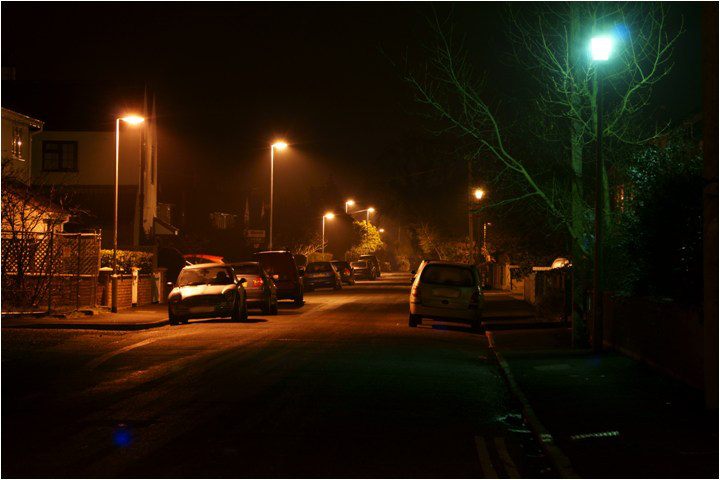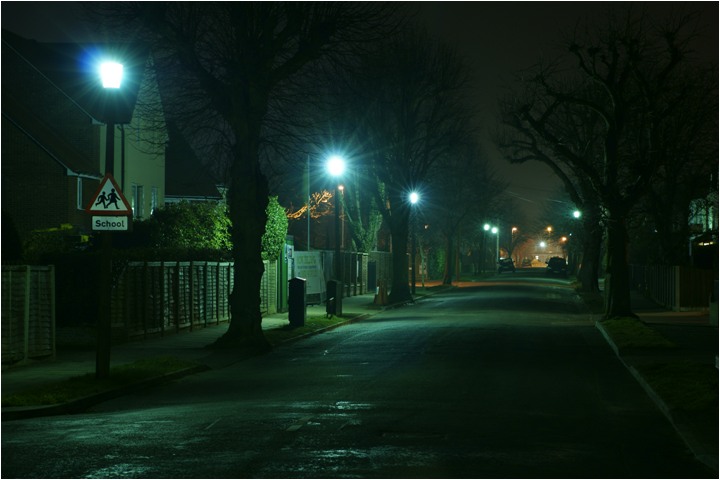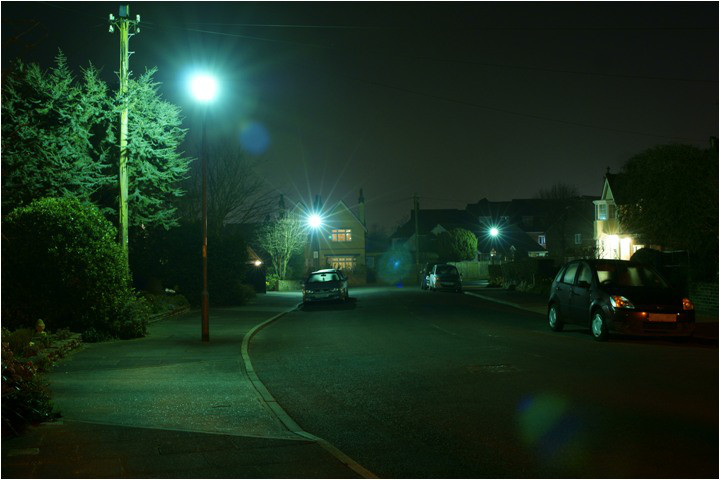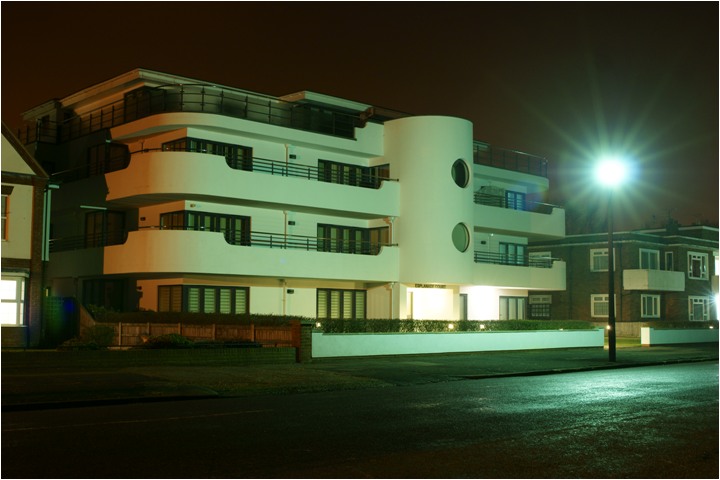sotonsteve wrote:
It's perhaps becoming clear that even SOX-stronghold counties like Essex and Hertfordshire are beginning to baulk at the increasing cost of re-lamping, hence the introduction of LED lighting (albeit on a small scale for the time being) to protect against these increasing costs in the future. But what happens when you're a parish council worried by the increasing cost of re-lamping SOX, but also unable to switch to LED due to the prohibitively high initial cost?
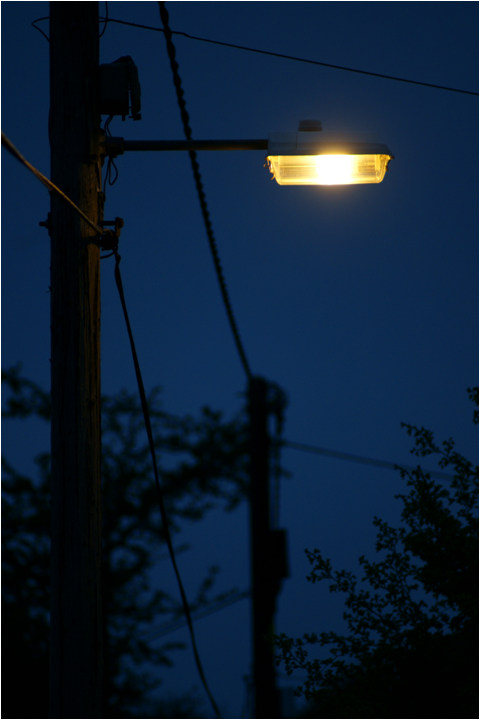
Well, this is Weeley Parish Council's answer!
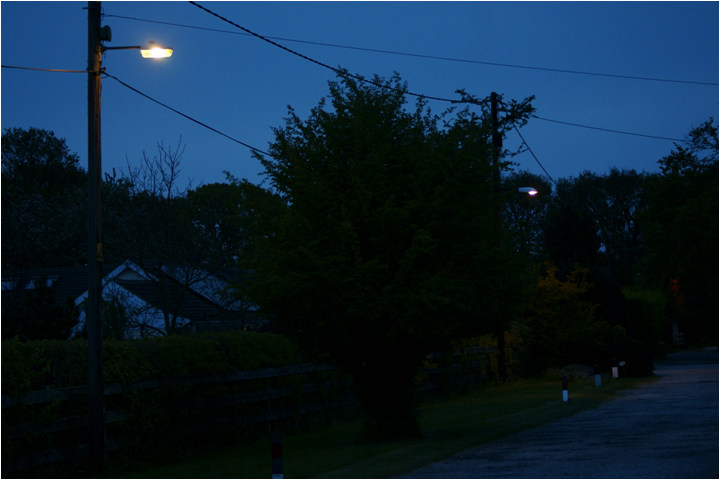
Weeley is just outside Clacton-on-Sea and still very rural in nature. Some of the lightly-trafficked roads clearly do not need to be lit to the same standard as urban roads (if they were, they would fall under Essex County Council's control), but an occasional pole-mounted lantern is adequate to provide the needed guidance for pedestrians and vehicles.
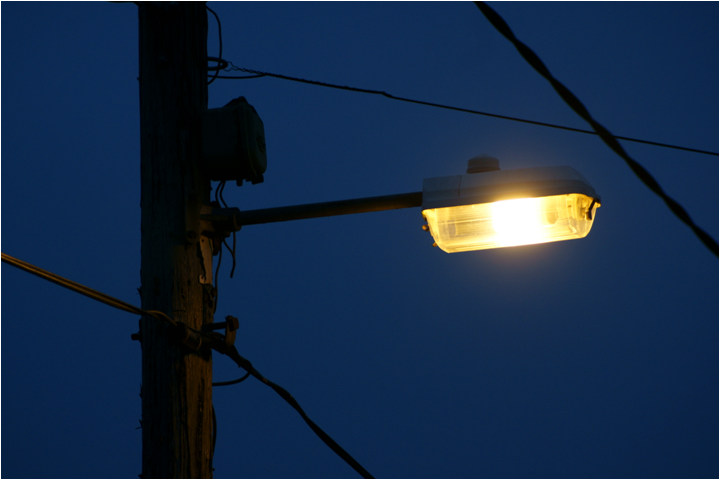
And when it comes to re-lamping, bypassing the original control gear and fitting a domestic compact fluorescent seems an ideal way of converting the lantern to white light without breaking the bank. The above three photographs were taken in May 2015.
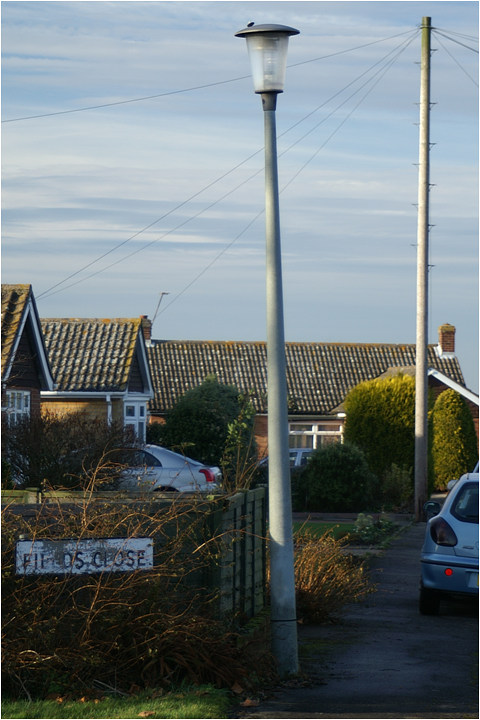
The housing estates that do exist in Weeley are lit to the required urban standards, although the lighting is still under the control of the Parish Council. Accordingly, lighting from yesteryear lives on, for example this GEC Z5676 on a GEC ZP3000 coloured plastic column.
Such coloured plastic columns were once common in neighbouring Clacton and invariably had a pale green, blue or turquoise finish, but they were all removed in the mid to late 1980s when they begun to shed fibres. This photograph was taken in January 2009.
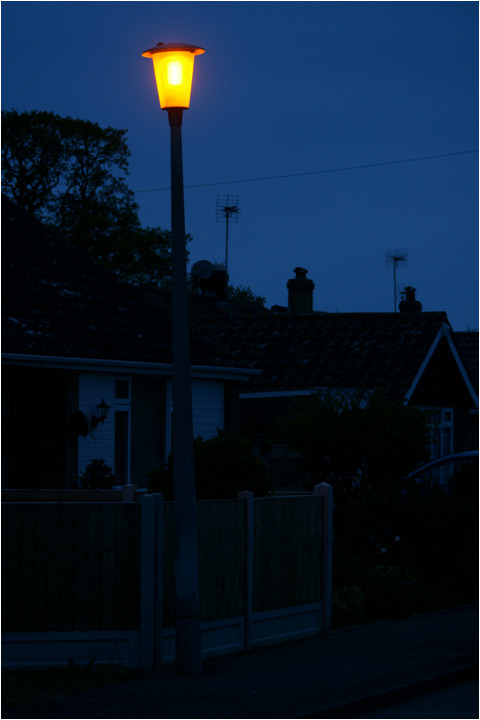
The same column and lantern at night, photographed in May 2015.
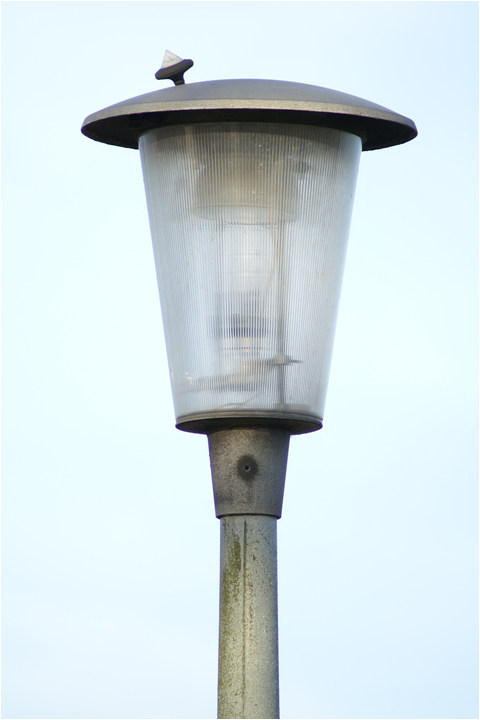
The above GEC Z5676 close-up. Photograph taken in January 2009.
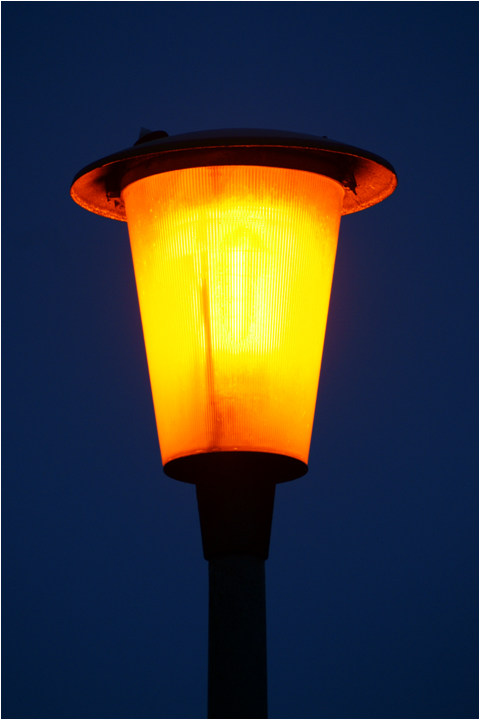
The same lantern at night. Photograph taken in May 2015.
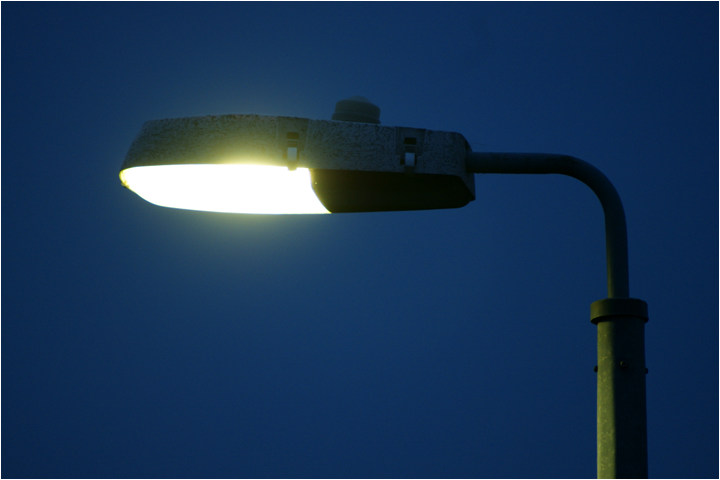
Bypassing the control gear on small SOX lanterns like the Philips MI26 doesn't seem such a bad idea, as Weeley was installing mercury lanterns on the village's estate roads into the late 1980s.
This was despite some earlier estate road mercury lanterns like the GEC Z5590 and the Phosco P149 falling victim to the 1970s energy crisis and being replaced with Thorn Beta 5s and ELECO GR501s.
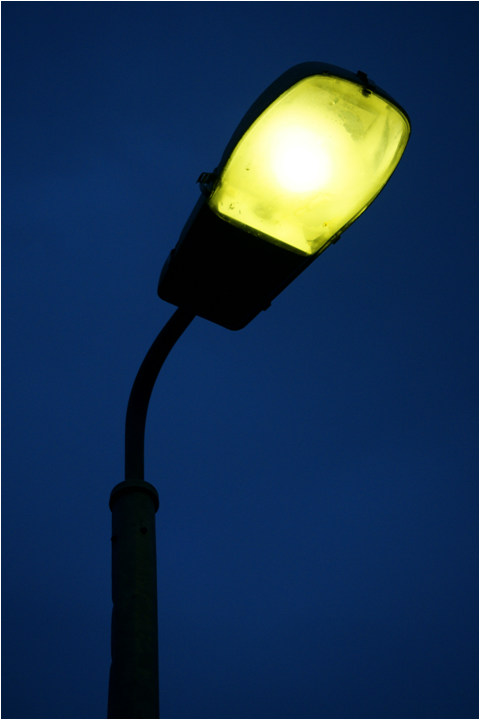
Some of the mercury lamps are looking rather dim. This one appeared to have only half the brightness of the mercury lamps in the rest of the street.
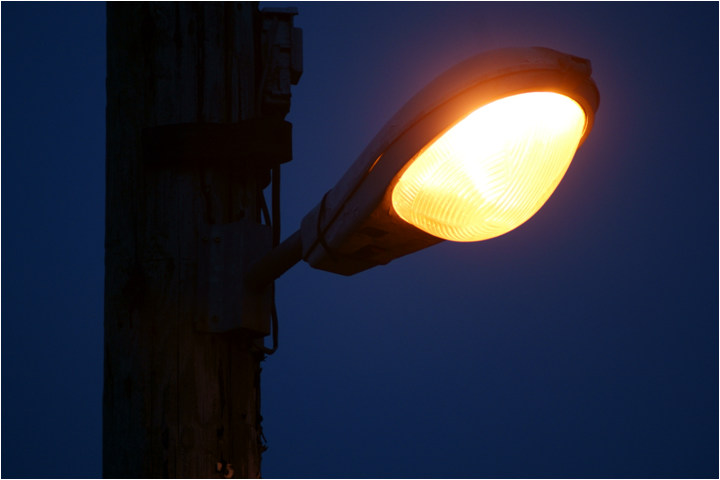
Two main roads run through Weeley - the B1033 to Frinton-on-Sea and Walton-on-the-Naze and the B1441 to Little Clacton.
These two roads are the most heavily trafficked roads in the village, and these unusual SON cobra heads complement the existing SON-running Philips small Iridiums, SOX-running Philips MI26s and Thorn Beta 5s and SON-running Thorn Rigas. Even a white-light running Urbis Sapphire has appeared in recent months.
These cobra heads are a bit of an anomaly, even by Parish Council standards, as they are rarely seen elsewhere in my corner of Essex, and certainly not in an urban environment. The above photograph was taken in May 2015.
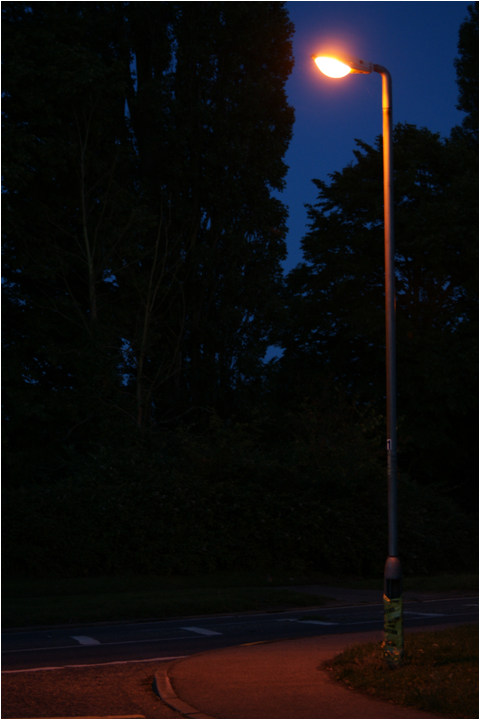
One of the column-mounted cobra heads on the B1441 at Weeley. This photograph and the four photographs that follow were taken in June 2011, and the column has since been replaced.
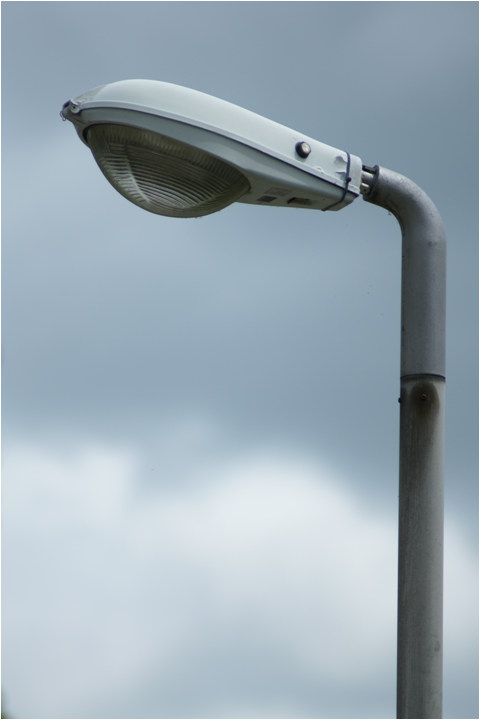
A day-time view of the above cobra head.
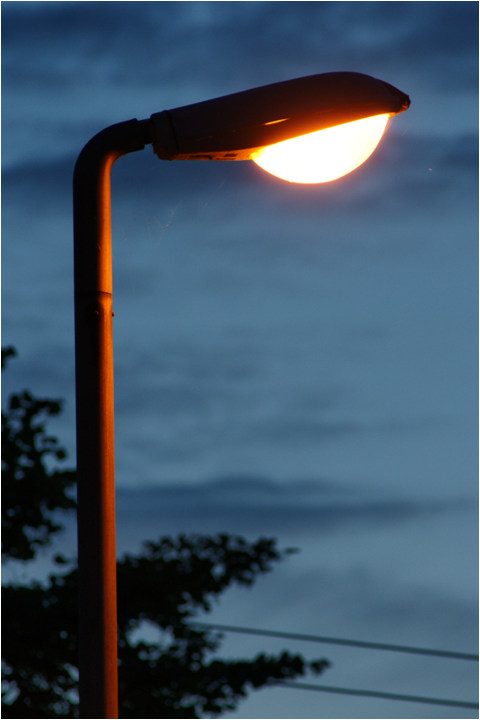
And a close-up view of the lantern at dusk.
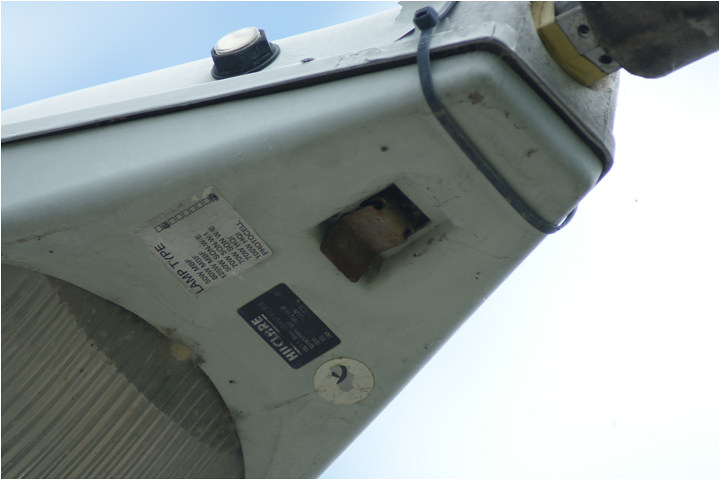
An ultra close-up view of the underside of the cobra head reveals that it is a Hilclare product, and in line with much of the parish's other lighting, was originally running a mercury bulb.
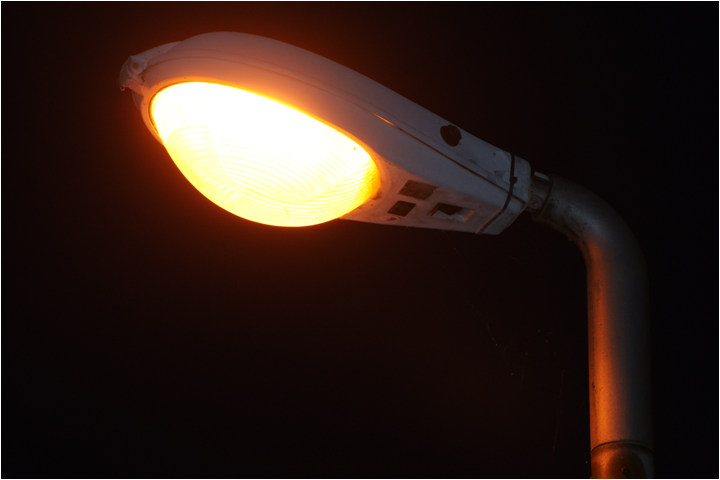
A final view of the Hilclare lantern.
A quick search on Google doesn't appear to return any further information on the lantern, e.g. its model number and whether it is still sold. The Hilclare web site does have a couple of street lights listed - a typically SON-looking lantern for metal halide lamps and these, I have to say it, really awful-looking LED lanterns.
Considering the Parish Council have used Hilclare in the past, perhaps it's a good thing that they aren't in a position to purchase LED lanterns just yet!
